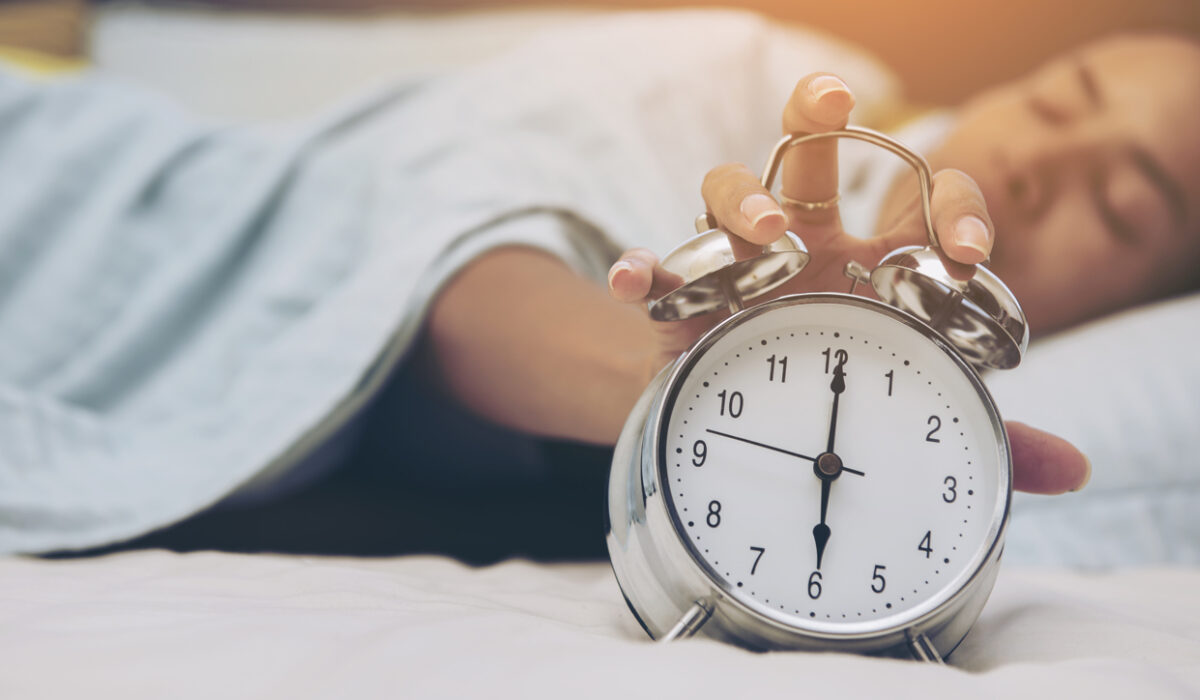Foundry Culture
Our Foundry sleep testers have finished their experiment. Here’s how they got on… (1 of 2)

A group of us recently took part in a sleep experiment to see if different techniques could help us improve our quality of sleep. Month One was our control. In Month Two, we tested everything from cutting out caffeine to lavender pillow sprays, and asked our human guinea pigs to fill in a sleep diary every day. They recorded ease of falling asleep, quantity and quality of sleep, and any disturbances that might be contributing to a lack of ZZZZs. Here’s what we found...
THE LOWDOWN
1. Kate’s breathing technique
The 4-7-8 breathing technique is supposed to get you to sleep in just 60 seconds. It involves breathing in quietly through the nose for 4 seconds, holding the breath for 7 seconds and exhaling forcefully through the mouth for 8 seconds. Doing this every night before bed, Kate found it easy to nod off – and had an average of 7 hours of sleep per night. But she does wonder if turning off the light on the baby monitor contributed more than the sleeping aid technique.
2. Tracey’s massage
Who hasn’t almost nodded off during a massage? Tracey used a shiatsu massage machine to give herself a sleep-inducing treatment before bed. She found it easy to get to sleep, but her sleep quality was just average.
3. Sophie’s bedtime book
Millions of us enjoy a good book before bed, and Sophie agreed it was nice to set aside a time each day to be tech-free. She liked the routine of reading every night, but wasn’t sure if it actually helped her sleep, finding that she tended to skip it on late nights or when she had people staying.
4. Stu’s cherry juice
Montmorency cherries are a natural source of melatonin, a hormone that helps regulate the sleep-wake cycle. But can they actually help you sleep better? Stu dutifully sipped his tart cherry juice, diluted with 20ml of water, every night before bed, and said he did notice a difference in sleep quality: “I did find that my sleep felt deeper and, when I woke in the night, I would typically feel quite drowsy and would be able to get back off to sleep fairly quickly.”
5. Elaine’s milky drink
How does the Finance Department sleep at night? With Horlicks®, obviously. Elaine treated herself to a hot, milky drink before bed and, despite being ill for part of the experiment, she said it did help her get to sleep: “I found that I did sleep slightly better. I still woke up once or twice in the night, but I got back to sleep much easier and had a better night’s sleep”.
6. Mital’s pillow spray
Research shows lavender is good for anxiety and insomnia. One study even found that lavender can increase your quality of sleep by 20%. Mital was the lucky one chosen to try out a lavender pillow spray. Sadly, despite it being easy to use and smelling quite nice, he didn’t really notice much improvement in sleep.
7. Kev’s worry journal
It’s easy to find yourself tossing and turning if you have a lot on your mind. Kev’s challenge was to write down any worries in a journal before bed, so that he could go to sleep with a clear mind. He didn’t find actually getting to sleep as easy as some of the others, but had the most sleep overall.
8. Mark’s caffeine-free afternoons
Coffee-lover Mark was forced to give up caffeine after 12 noon, for every day during the experiment. He switched to fruit teas and, while he wasn’t a massive fan of the flavours, he found it easy to fall asleep, getting a good 8 hours every night.
But who faired best overall – and will anyone be carrying on with their sleep aids? Tune into Part 2 for the verdict…